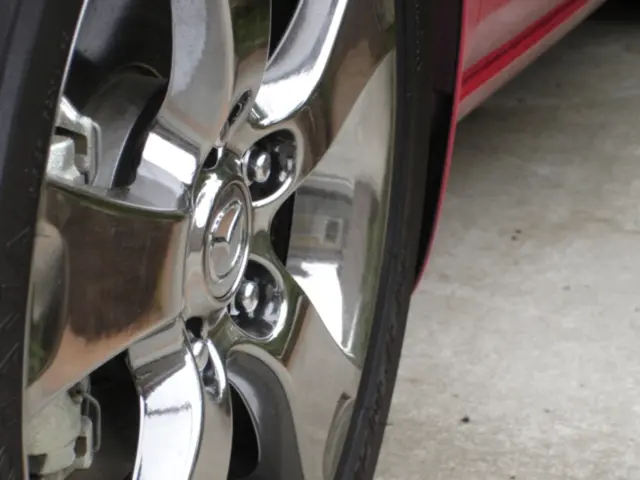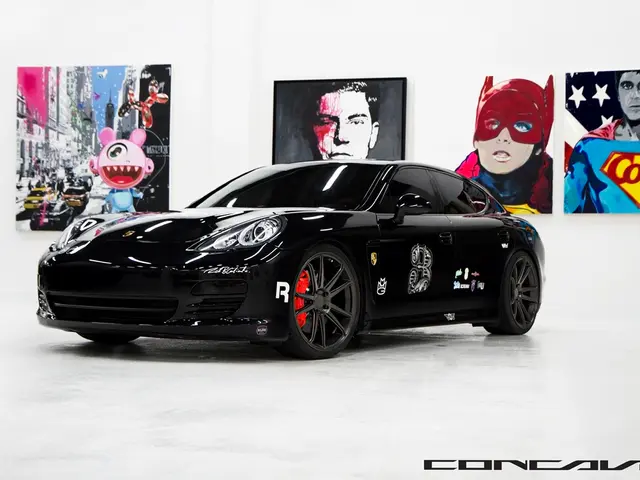Volvo's 1996 C70: A Sporty Design Shift
Volvo marked a design shift in 1996 with the introduction of the C70, its first sporty model. The C70 came in both coupé and convertible bodystyles, featuring a curving nose, rounded shoulders, and a distinctive bonnet. This was a departure from Volvo's traditional straight lines.
Volvo enlisted British racing ace Tom Walkinshaw to help develop the C70. Despite the uncertain nature of coupé and convertible projects, Walkinshaw found a factory in Uddevalla, Sweden, where both the C70 and Renault's mid-engined Clio V6 were produced.
The C70 offered a choice of turbocharged five-cylinder engines, providing improved performance. It was front-wheel drive but featured a roll-over protection system (ROPS) for enhanced safety in both bodystyles. The coupé offered more rear room than the convertible, which had cramped back seats due to its self-stowing, fully electric roof.
Volvo's history of sporty models is patchy, with notable exceptions like the P1800 coupé and the 1800 ES sports estate. The C70 was Volvo's first attempt to fill this gap in its lineup.
The Volvo C70, introduced in 1996, signalled a design shift for the brand. With its sporty styling and innovative features, it was a significant departure from Volvo's traditional models. Despite the challenges of coupé and convertible production, the C70 was a notable attempt by Volvo to enter the sporty car market.
Read also:
- Honda unveils blueprint for design, advanced driver assistance systems, electric vehicles, fuel efficiency, and technology development
- Solera Appoints Jog Lall to Drive European Fleet Expansion
- Unveiled in New Zealand: The Entirety of the New Toyota RAV4, Including the GR Sport PHEV Version
- Rising Tesla Sales in China, Model Y Led the Pack in October Sales Figures








